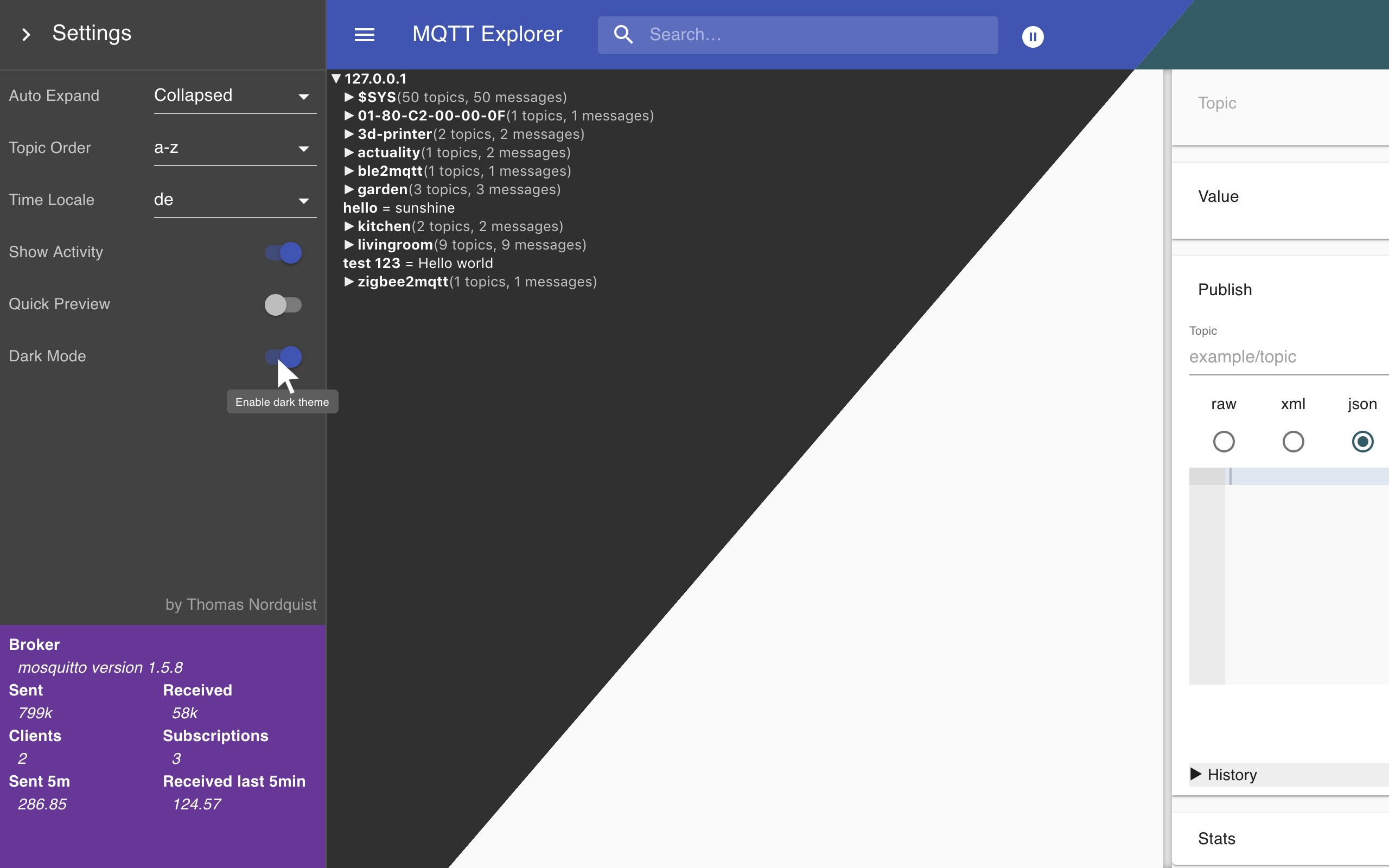- Historic List Software For Mac Windows 7
- Best Mac Software
- Historic List Software For Mac Download
- Historic List Software For Mac Free
Is your Mac up to date with the latest version of the Mac operating system (macOS or OS X)? Is it using the version required by some other product that you want to use with your Mac? Which versions are earlier (older) or later (newer, more recent)? To find out, learn which version is installed now.
If your macOS isn't up to date, you may be able to update to a later version.
Which macOS version is installed?
This list of Macintosh models by case type contains all case designs used by Apple Inc. For its Macintosh computers. The list is sectioned by general case layout, but inside the sections the order is chronological. Models that used multiple names (like most Performas) are listed only once.Where available, the 'form factor' from Apple's datasheets has been used to determine the case designation. SmartDraw's timeline software is the quickest way to create timelines and other historical charts. Start by choosing the timeline starter template, then add timeline events or historical milestones. You can even add photos and images in just a few clicks.
From the Apple menu in the corner of your screen, choose About This Mac. You should see the macOS name, such as macOS Mojave, followed by its version number. If you need to know the build number as well, click the version number to see it.
This example shows macOS Catalina version 10.15 build 19A583.
Which macOS version is the latest?
These are all Mac operating systems, starting with the most recent. When a major new macOS is released, it gets a new name, such as macOS Catalina. As updates that change the macOS version number become available, this article is updated to show the latest version of that macOS.
If your Mac is using an earlier version of any Mac operating system, you should install the latest Apple software updates, which can include important security updates and updates for the apps that are installed by macOS, such as Safari, Books, Messages, Mail, Music, Calendar, and Photos.
| macOS | Latest version |
|---|---|
| macOS Catalina | 10.15.6 |
| macOS Mojave | 10.14.6 |
| macOS High Sierra | 10.13.6 |
| macOS Sierra | 10.12.6 |
| OS X El Capitan | 10.11.6 |
| OS X Yosemite | 10.10.5 |
| OS X Mavericks | 10.9.5 |
| OS X Mountain Lion | 10.8.5 |
| OS X Lion | 10.7.5 |
| Mac OS X Snow Leopard | 10.6.8 |
| Mac OS X Leopard | 10.5.8 |
| Mac OS X Tiger | 10.4.11 |
| Mac OS X Panther | 10.3.9 |
| Mac OS X Jaguar | 10.2.8 |
| Mac OS X Puma | 10.1.5 |
| Mac OS X Cheetah | 10.0.4 |
Learn more

- Always use the macOS that came with your Mac, or a compatible newer version.
- Learn how to reinstall macOS from macOS Recovery.
In previous versions of OS X, before Mountain Lion, one could use the System Preference called Software Update to both update the OS (and Apple's own apps) and also view a list of system updates that have been applied. That all changed in Mountain Lion which uses the Mac App Store (MAS) to apply system updates. This how-to shows you how to see those plus all other app updates once again.
In, for example, OS X 10.7 Lion and previous versions, if you wanted to see the OS and Apple app updates that had been applied, you'd go to System Preferences -> Software Update and select the Installed Updates tab. It looked like this:
Image Credit: Dave Taylor
We all got used to that method; it was second nature. However, apparently Apple felt that having two places to update software, one for Mac App Store apps and one for the system was confusing for new customers. So, starting in OS X 10.8, Mountain Lion, Apple put the system updates in the Mac App Store, at the top. (Apple Menu -> App Store.)
Mac App Store Window
The problem, however, is that there is no convenient place, as before, to show a list of applied updates. The tab in that previous window is gone. Here's how to see that list again.
I. Method #1
1. Under the Apple Menu, select About this Mac.

2. Select More Info.
3. In the next window, select System Report.
4. Scroll to the Software section in the left sidebar. Click the disclosure triangle if necessary to reveal the Software list.
In the sidebar, under Software, select Installations.
5. Select Installations.
Close-up of the Software Installations entry in sidebar
Historic List Software For Mac Windows 7
II. Method #2
1. Navigate to your Utilities folder found in the Applications folder.
/Applications -> Utilities Folder -> System Information.app
2. Double-click/launch the app called System Information.app.
Best Mac Software
3. Continue with step #4 above.
Note that you can can resize the columns for easier reading by clicking and dragging the separator at the top, between columns, as well as sort each column by clicking on the column name. Clicking on the Install Date column is a good idea and will show a time-ordered history of all applied updates.
Historic List Software For Mac Download
Close-up of the Update list, sorted by Install Date.
Historic List Software For Mac Free
With the introduction of the Mac App Store, those apps that were purchased there as well as 3rd party updates will also appear in this list. One way to isolate Apple's, 3rd Party and MAS updates is to sort by the Source column.